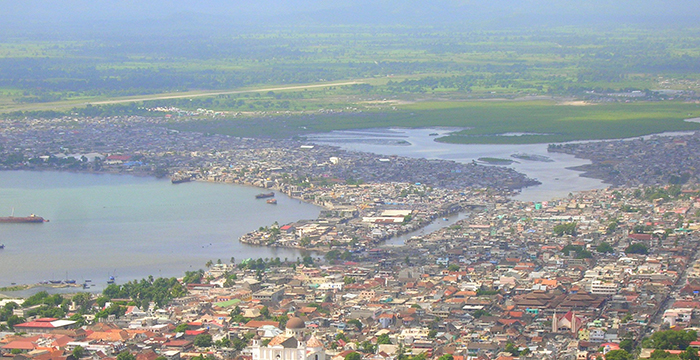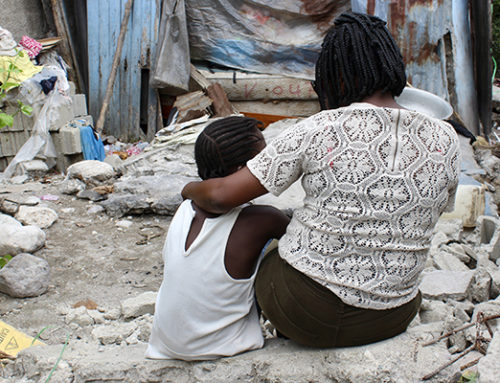
While most travelers heading to Haiti are likely to make Port-au-Prince their primary destination, there’s another city in the country that’s well worth a visit. Cap Haïtien is Haiti’s second-largest town, a port city on the north shore, and an important center for culture, history, and art.
The History of Cap Haïtien
Cap Haïtien was originally the capital of Haiti, back when it was a French colony known as Saint Domingue. After this, Cap Haïtien became the capital of the newly independent Haiti. The capital would not be moved to its current location in Port-au-Prince until 1820. However, Cap Haïtien still retains its status as an important urban center for Haiti, both for business and for pleasure.
Getting There
Cap Haïtien has its own airport, Hugo Chavez International Airport. You can fly into Cap Haïtien from either Port-au-Prince or via the United States. There are several airlines that service the city from Florida. You also have the option to fly into the Dominican Republic and then travel into the city by car.
What to See Once You’re There
The historical architecture in Cap Haïtien is renowned. The city’s history as a French colony means that there’s plenty of French colonial architecture to be found, similar to what you might see in New Orleans. However, while New Orleans has modernized in many ways, leaving its French colonial history in the past, Cap Haïtien still has its similar history proudly on display in many neighborhoods, particularly the downtown areas.
Further, when it comes to history, Cap Haïtien is your starting point to visit Haiti’s UNESCO World Heritage sites of Sans Souci Palace and the Citadelle Henri Christophe. These sites include palace ruins and the renovated castle, both very important structures to the country’s history as a whole. Both sites played a role in the faction between the two rulers of the newly freed Haiti in 1804 when Alexandre Petion claimed southern Haiti for himself and Henri Christophe declared ownership of northern Haiti. Sans Souci became known as “the Versailles of the Caribbean.”
Cap Haïtien’s natural beauty is also not to be missed. There are many beaches within the area, easily reachable by foot. Labadee Beach is particularly popular, as it happens to be a stopping point on many a Royal Caribbean cruise itinerary. You don’t have to be a cruise passenger to visit the beautiful Labadee Beach, though. Royal Caribbean will allow entry to other travelers for a fee. Other beautiful beaches include Cormier Plage and Belli Beach.
Of course, one way to get to know Cap Haïtien is simply by walking around. You’ll discover marketplaces with handcrafts, clothing, artwork, and lots of local food, ranging from fried plantains to barbecue.
Things to Keep in Mind
Cap Haïtien is a relatively safe destination and is actually even more safe than Port-au-Prince. You’ll still want to take a few precautions however. Don’t flaunt any belongings that could be seen as valuable, don’t leave valuables unattended, and make sure to use hand sanitizer frequently. Don’t drink the water either.
Want to learn more about traveling to Haiti? Check out the Restavek Freedom blog.









